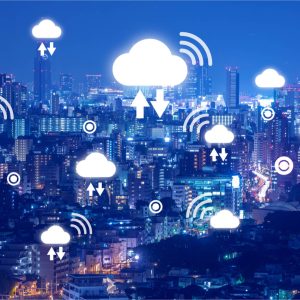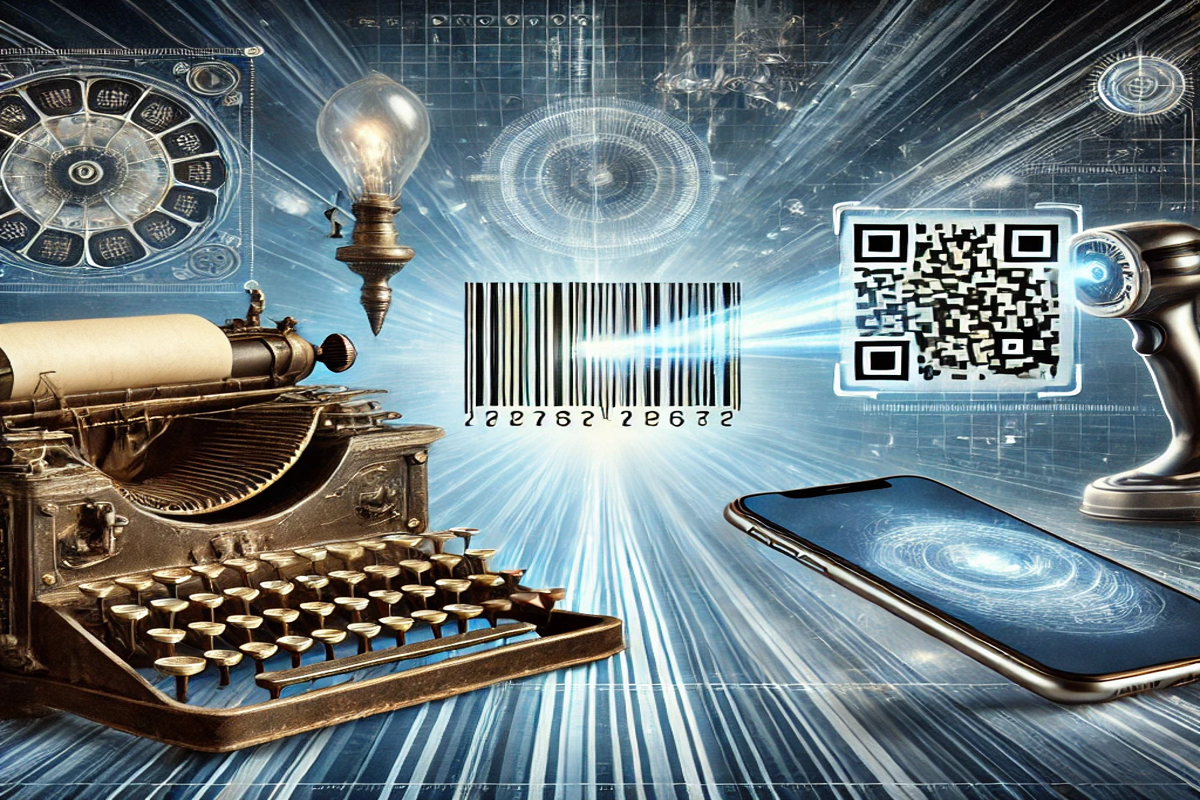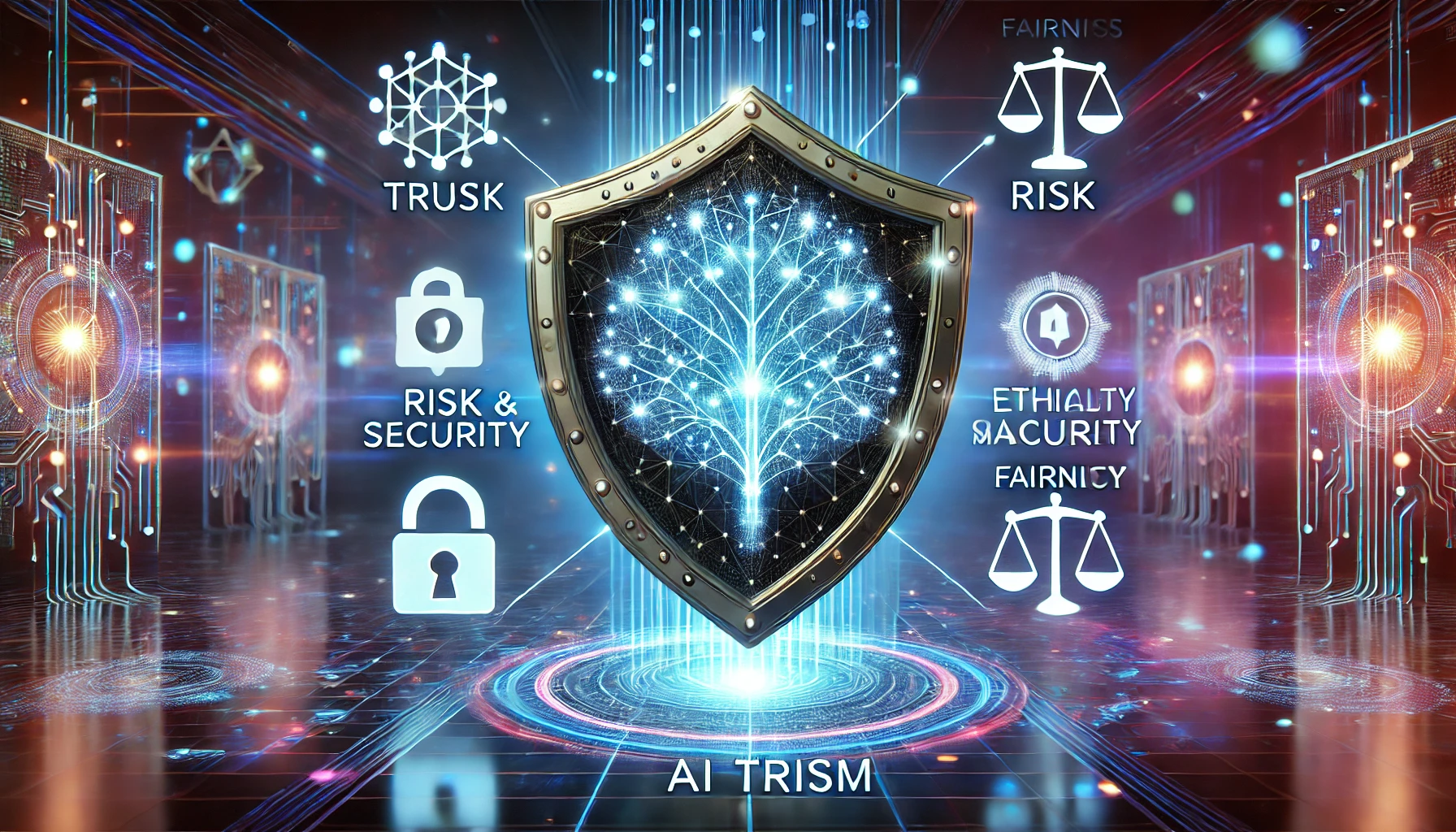Digital Twins: Revolutionizing Telecom Infrastructure Planning and Maintenance
With the development of 5G and other new technologies, the telecom sector is uninterruptedly changing, making it more critical than ever to have a solid infrastructure. A strong new technology called digital twins can assist telecom providers in overcoming these difficulties.
A virtual copy of a physical object, procedure, or system is called a digital twin. To generate it, data from the physical asset is collected, analyzed, and used to build a digital model that may be used to replicate and improve the performance of the physical asset.
Imagine having a virtual illustration of real-world items that is transforming how we design and preserve our communications infrastructure. Intrigued? Let’s look at how digital twins are rewriting the design and upkeep of telecom infrastructure.
The Digital Twin: Phenomenon Revealed
Consider having a digital replica of a genuine object that you own. This digital twin duplicates the behavior of the original item and offers data and insights in real-time. It’s similar to having a cyber sibling for each tower, cable, and node in the context of telecom infrastructure.
Data from the real-world asset is put together and analyzed to produce digital twins. Information on the asset’s location, size, configuration, and performance can all be found in this data. The asset is then showcased digitally using the data. The performance of the item under several circumstances can be modelled digitally.

The challenges: Traditional approach
Imagine planning and preserving a traditional communications infrastructure. There is a lot of manual labor involved, as well as spreadsheets and the time-consuming in spotting any issue. Costly downtimes and inadequacy are frequently the result of reactive maintenance. A more intelligent approach was long overdue in these ever-growing complexities of telecom networks.
Enter Digital twins: The smarter solution
The way we handle telecommunications networks has been completely changed by digital twins. Let’s see how they are accomplishing this in more detail:
- Predictive Ability: The days of crossing your fingers and hoping for the best are long gone. To estimate when and where possible problems might occur, digital twins employ data analytics and historical trends. It’s like having a virtual fortune teller to direct maintenance activities.
- Real-Time Insights: Using digital twins makes it simple to monitor your communication infrastructure in real time. Imagine having a dashboard that provides you with a live feed of the health of your network, allowing you to identify issues before they worsen and turn into catastrophes.
- Cost-Efficiency: By enabling protective maintenance, digital twins reduce costs. You can mend something before it even breaks, as opposed to waiting for it to break. This strategy lowers operational expenses, headaches, and downtime.
- Remote Diagnostics: Digital twins make troubleshooting simple. By remotely diagnosing problems, technicians can ensure that they are completely prepared and have the necessary instruments and solutions when they arrive at the scene.
- Improvement in Decision-Making: Telecom firms can make prudent decisions if they have access to precise, real-time data. Improved decisions are made about investments, resource allocation, and overall network performance as a result of this data-driven strategy.
Success Stories: Actual Digital Twin Victories
AT&T is enhancing the performance of its 5G network by installing the digital twins. To simulate the effects of various traffic patterns and locate possible blockages, the organization uses digital twins. The network’s performance and capacity are optimized using this data.
Vodafone is using digital twins to beat network failures. By creating digital replicas of its network equipment, Vodafone can monitor the state of the equipment and identify potential problems before they cause any problems. This allows the company to schedule preventive maintenance and keep its network running effortlessly.
Telefónica is improving the client experience by utilizing digital twins. The business tracks client usage trends and uses digital twins to spot network enhancement opportunities. This data is employed to raise service standards and boost customer satisfaction.
These are only a few applications of digital twins in the telecom sector. We can expect to see many more cutting-edge uses for digital twins in the years to come as technology advances.
Infrastructure and maintenance: The problems faced
The use of digital twins in telecom structure design and maintenance is not without its difficulties. The primary difficulties are:
- Data gathering: It can be difficult to collect the data required to build a digital twin. This is especially valid for large and complicated assets.
- Data analysis: Using data analysis to shape a digital model might be difficult. This is especially valid for noisy or misplaced data.
- Model accuracy: The digital twin’s correctness is crucial. The digital twin won’t be any need for planning and maintenance if it is inaccurate.
In conclusion: Embracing Telecom’s Future
A cutting-edge new technology called digital twins has the power to completely change how telecom infrastructure is planned and maintained. Digital twins can support telecom operators in making better decisions, increasing productivity, and lowering costs by giving a more accurate and thorough perspective of the network. We may anticipate seeing many more cutting-edge uses for digital twins in the years to come as technology develops.








